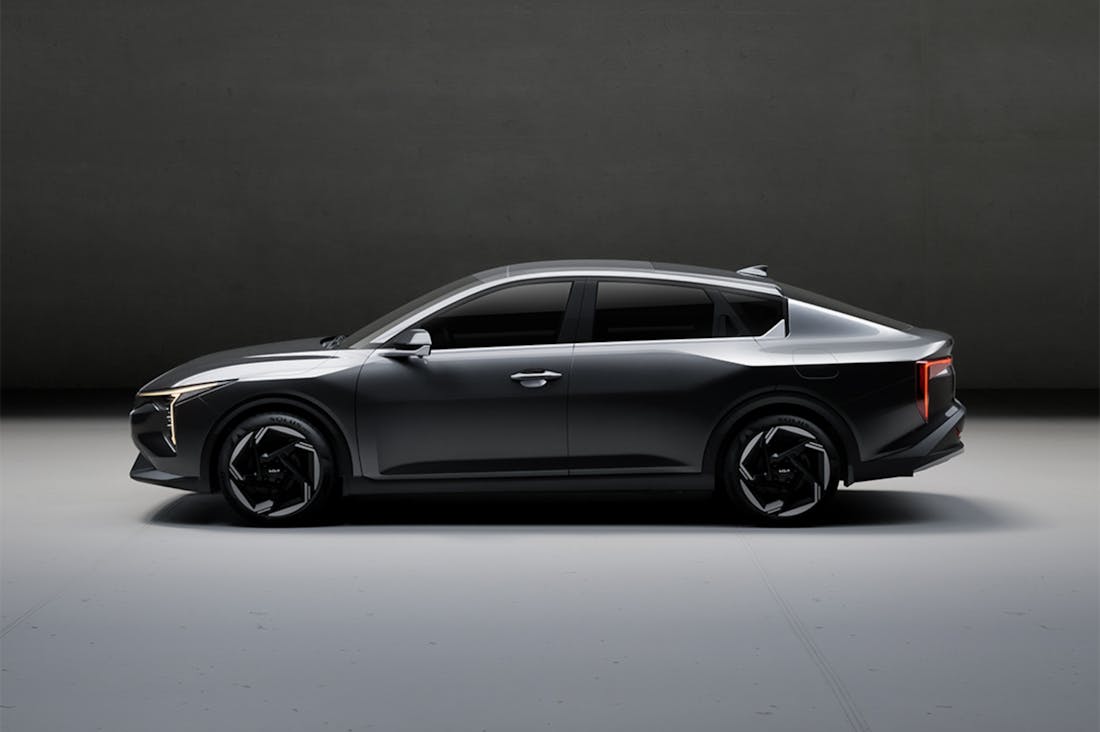As the automotive industry stands at the crossroads of innovation, the convergence of advanced technologies is reshaping the future of transportation. From electric vehicles and autonomous driving to connected car ecosystems, we are witnessing a revolution that promises not only to enhance safety and efficiency but also to redefine our mobility landscape. This exploration into the future of automotive technology will delve into the groundbreaking innovations driving change, examining how they impact consumers, manufacturers, and the environment. Join us as we navigate this dynamic landscape and uncover the key trends poised to transform the way we travel.

Electric Vehicles: The Rise and Future Outlook
Electric vehicles (EVs) are experiencing a significant rise in popularity, driven by growing environmental concerns, advancements in technology, and supportive government policies. As global awareness of climate change intensifies, consumers and automakers alike are shifting towards more sustainable transportation options. The increasing range, efficiency, and affordability of EVs have made them a viable alternative to traditional gasoline-powered vehicles, further boosting adoption rates. Major automotive manufacturers are investing heavily in EV production, with many committing to transition their fleets to electric by the next decade. The future outlook for electric vehicles appears robust, with advancements in battery technology, charging infrastructure, and renewable energy integration promising to enhance their accessibility and appeal. As urbanization trends continue and the demand for sustainable solutions grows, EVs are poised to play a crucial role in shaping the future of transportation.

Autonomous Driving: Challenges and Opportunities
Autonomous driving technology presents a fascinating blend of challenges and opportunities that could reshape the transportation landscape. On one hand, developing fully autonomous vehicles involves significant hurdles, including complex algorithms for safe navigation, intricate regulatory frameworks, and public acceptance of driverless technology. Ensuring the safety and reliability of these vehicles in diverse weather conditions and unpredictable traffic scenarios is paramount. On the other hand, the potential benefits are substantial, including increased road safety, reduced traffic congestion, and greater accessibility for individuals unable to drive. Furthermore, the rise of autonomous vehicles may create new economic opportunities in sectors like artificial intelligence, logistics, and urban planning, transforming how we think about mobility for years to come. Balancing these challenges and opportunities will require collaboration among technologists, policymakers, and society at large.

Sustainability in Transportation: A New Era
Sustainability in transportation signifies a transformative era focused on reducing the environmental impact of travel while enhancing accessibility and efficiency. As urban populations swell and climate change intensifies, the need for greener alternatives has become paramount. This new paradigm emphasizes electric vehicles (EVs), improved public transit systems, and bicycle-friendly infrastructure, ultimately aiming to minimize carbon emissions and decrease reliance on fossil fuels. Innovations like shared mobility services, autonomous vehicles, and smart traffic management systems are being implemented to optimize journey efficiency. As societies invest in sustainable infrastructure and technologies, they pave the way for a cleaner, more resilient future, fostering an eco-conscious culture and promoting long-term environmental stewardship.
The Role of Connectivity in Modern Vehicles
The integration of connectivity features in modern vehicles has significantly transformed the driving experience, enhancing both safety and convenience. With advancements in Internet of Things (IoT) technology, vehicles are increasingly equipped with systems that allow real-time communication with other vehicles, infrastructure, and even the cloud. This connectivity enables features such as navigation assistance, traffic updates, and remote diagnostics, which can help prevent accidents and improve route efficiency. Moreover, connected cars can provide valuable data to manufacturers, helping them refine products and services. As these technologies evolve, they will play an essential role in creating smarter, safer transportation systems that benefit everyone.
Impact of Government Regulations on Automotive Innovation
Government regulations play a crucial role in shaping the landscape of automotive innovation, often driving advancements in safety, emissions, and technology. Stricter emissions standards have compelled manufacturers to invest heavily in cleaner technologies, such as electric and hybrid vehicles, fostering a competitive market for sustainable options. Additionally, incentives and subsidies for EV adoption have accelerated the transition toward greener transportation solutions. However, regulations can also present challenges, as companies must navigate complex compliance landscapes while striving to innovate. The ongoing dialogue between regulators and industry leaders will be vital in ensuring that the automotive sector remains responsive to societal needs while pushing the boundaries of technology.
Challenges Facing the Adoption of Autonomous Vehicles
While the potential benefits of autonomous vehicles are immense, several challenges must be addressed to facilitate widespread adoption. Public skepticism regarding safety and the reliability of self-driving technology poses a significant barrier, necessitating comprehensive education and outreach efforts to build trust. Additionally, legal and insurance frameworks must evolve to accommodate the unique aspects of autonomous driving, including liability in the event of accidents involving these vehicles. Moreover, infrastructure must be adapted to support autonomous technology, including smart traffic signals and dedicated lanes. Tackling these challenges requires collaboration among automakers, policymakers, and the public to create an environment conducive to innovation and acceptance.
The Future of Mobility: Shared Transportation Models
Shared transportation models are emerging as a transformative force in the future of mobility, offering innovative solutions to urban congestion and sustainability challenges. Ride-sharing services, carpooling, and bike-sharing programs are gaining popularity as people seek more efficient and environmentally friendly ways to travel. These models not only reduce the number of vehicles on the road but also lower carbon emissions, contributing to cleaner air in urban areas. The integration of technology, such as mobile apps and GPS, enhances the user experience by making these options more convenient and accessible. As cities invest in these shared mobility solutions, they will play a pivotal role in shaping a more sustainable and interconnected future.